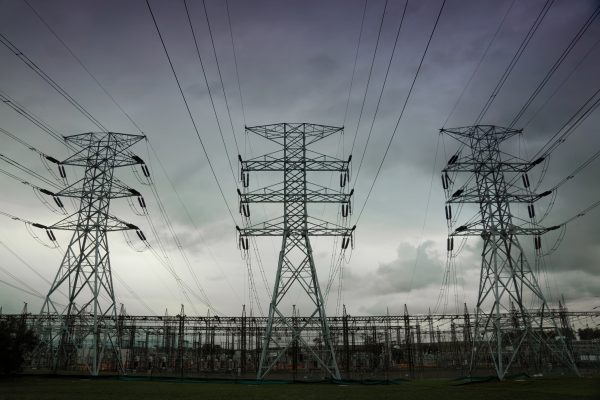AUSTIN, Texas — The recent Texas freeze left more than 10 million people without electricity at its peak, some for several days, and economic losses from lost output and damage are estimated to be as high as $130 billion in Texas alone. Now, high summer temperatures and drought-induced water limitations for cooling have forced the Electric Reliability Council of Texas (ERCOT) to issue a warning to Texas to reduce electricity use through the rest of the week.
A new peer-reviewed analysis published in Energy Research & Social Science explains the circumstances that led to the 2021 winter blackout in Texas and sheds light on ERCOT’s latest conservation alert as summer temperatures rise.
Our collaborative article on the 2021 Texas winter blackout is out in Energy Research and Social Science. We diagnose what went wrong and what Texas should do to prevent severe outages again, with lessons for the rest of the country. 1/ https://t.co/a3L5mT8OhL
— Josh Busby (@busbyj2) June 3, 2021
“The 2021 freeze suggests a need to rethink the state’s regulatory approach to energy to avoid such outcomes in the future,” said Joshua Busby, a climate and security expert at the LBJ School of Public Affairs at The University of Texas at Austin and a study co-author. “Weatherization, demand response and expanded interstate interconnections are potential solutions Texas should consider to avoid generation losses, reduce demand, and tap neighboring states’ capacity.”
The 87th Texas Legislature made a few key changes to the state’s power grid, including requiring power companies to upgrade plants to withstand extreme weather, but did not pass ways for companies to pay for it. The plans also do not address “non-critical” gas fuel facilities. Additionally, Texans could now be notified of future outages with emergency alerts.
“On the consumer side, there was an absolute lack of coordinated, consistent and timely emergency communication to the people of Texas,” Varun Rai, a study co-author and director of the UT Energy Institute, said in testimony to the U.S. House Committee on Science, Space and Technology. “Households and communities were clueless about what was happening, how to respond, and what to expect next. A coordinated and clear extreme conservation call – not just last-minute emails and texts – could have reduced the supply-demand gap substantially, enabling rotating outages while relieving supply to catch up.”
Varun Rai joins “Eye on the Lege” to talk about energy, utilities and the Texas grid
The next challenge for ERCOT will be satisfying summer peak demand, the researchers said.
Demand response, in which consumers either automatically or manually decrease or shift when they use energy in response to a request from the grid operator or utility, can be used as a powerful tool for load reduction during a crisis. Most demand response programs within Texas currently focus on incentivizing load reduction during summer peak periods, and many are available only for commercial and industrial customers.
However, the residential sector in Texas consumes more electricity than the commercial sector, presenting a ripe opportunity for demand flexibility. Increasing participation in these programs could decrease the need for brute-force power cuts. The Texas Legislature did not approve weatherization on the demand side or address wider issues of demand response that might diminish the need for electricity.
The researchers said imported power from interstate connectedness would not have fully compensated for the loss of production in Texas during the February freeze, but it’s possible that additional capacity would have blunted the worst outcomes at the depth of the crisis, giving enough spare capacity to rotate blackouts rather than impose multiday power outages on the same customers and give more cushion from the moments when the entire grid almost collapsed. ERCOT avoids some federal regulation by being self-contained in Texas with limited connections to other states, but limited connections with other states means Texas can’t call on them in times of need or sell excess power to others in times of excess electricity.
Texas is especially vulnerable as it endures freezes, heat waves, droughts, floods and windstorms. Researchers say it is in Texas’ interest to prepare for a wide range of possible scenarios, including weather with hotter and colder temperatures, wetter and drier conditions, and intense winds.
“We have to prepare infrastructure not for how the weather was in the 1960s but how it will be in the 2060s,” said Michael Webber, a UT Austin engineering professor and study co-author. “Leaders in Texas have yet to demonstrate the foresight on climate change that they did with the opportunity to foster investment and profit from the nascent wind energy in the 2000s by building out transmission systems.”




